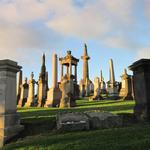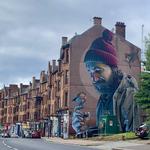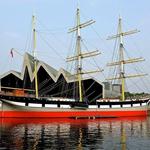Lauren & Stuart

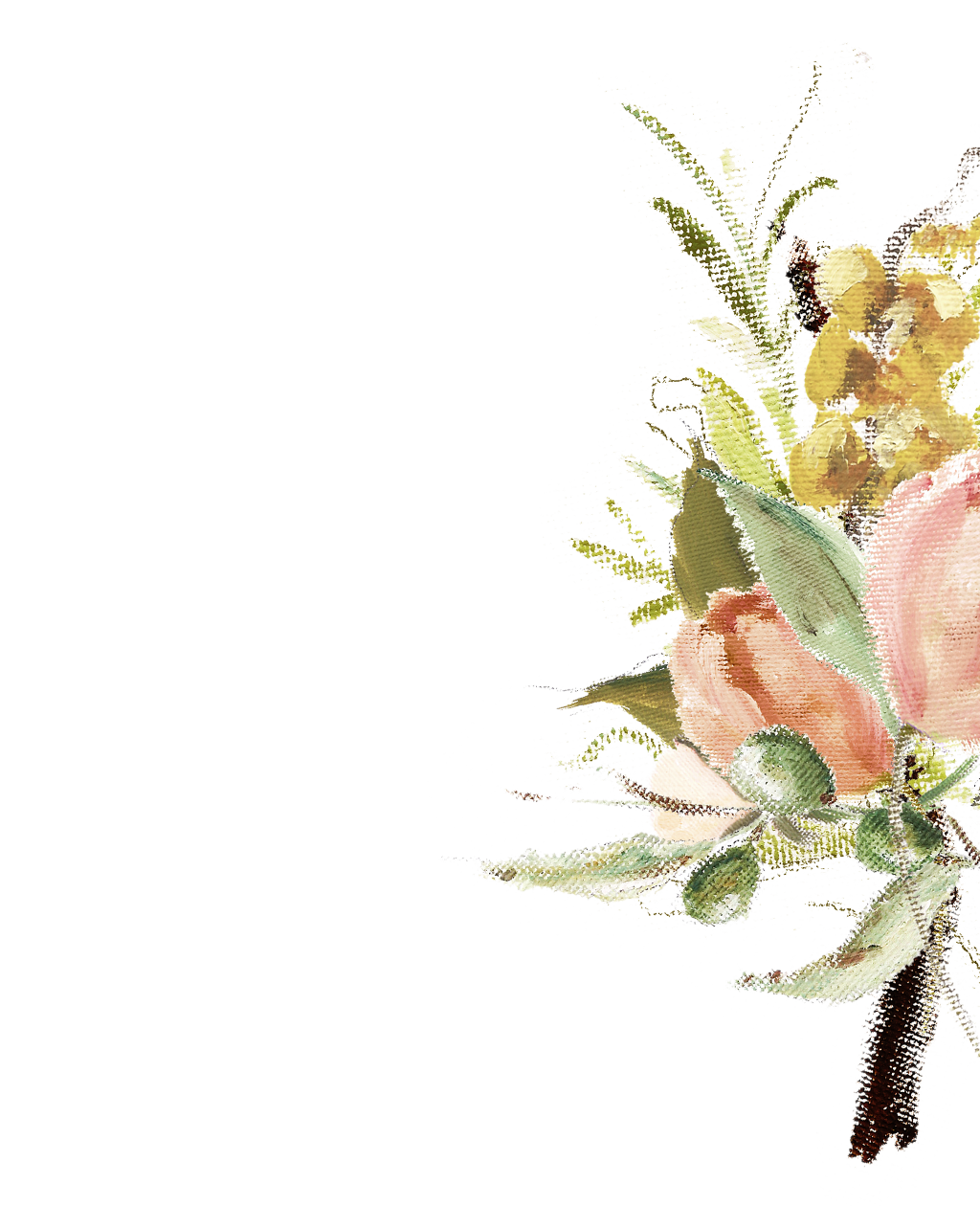
Things To Do
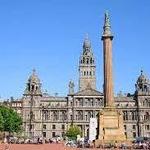
George Square
Considered to be the heart of Glasgow! It’s a great place to get a feel of the bustling atmosphere of the city. It’s also here where you can hop-on a sightseeing bus. Take a moment to admire the magnificent architecture of the buildings surrounding the square and look out for the statue of Robert Burns, the poet who wrote Auld Lang Syne.

Glasgow Cathedral
Glasgow’s oldest building Consecrated in 1197, it was declared to be equivalent to Rome as a place of pilgrimage by Pope Nicholas V. The Cathedral was the point around which the town of Glasgow was originally built. Here you will find the Crypt of St Mungo (Glasgow’s patron saint) The Cathedral still has its original roof timbers, covered in copper with a mature green patina that is now the hallmark of the building. Open daily from 9.30am to 5.30pm and is still a place of active Christian worship.

Gallery of Modern Art & Duke of Wellington Statue
Gallery of Modern Art in Royal Exchange Square – easy to spot because outside sits the famous Duke of Wellington Statue, which has featured a traffic cone on its head since the 1980s! Many people mistakenly believe that the Duke’s statue is an art installation and is connected to the Gallery. In fact, the statue is not connected to the gallery in any way. The cone was originally placed there by mischievous students. It was immediately removed by the police. However, the students returned at night to replace it and a long-running battle ensued! Eventually it was decided that the cone should stay in place. The Gallery itself was originally the 18th century mansion of William Cunningham, a tobacco magnate. With its stained-glass windows and Corinthian columns, the building is quite beautiful.

Scotland Street School Museum
Set inside an old school that was designed by Scottish architect and artist Charles Rennie Mackintosh. It was first opened in 1906 to educate the children of the shipbuilding and engineering families of Glasgow’s South Side. It has since been converted to a fascinating museum that tells the story of education in Scotland throughout the last 100 years. As you walk into a series of classrooms reconstructed to represent various historical eras, you get a feel for what life was like for students under the reign of Queen Victoria, during World War II and in both the 50s and 60s.
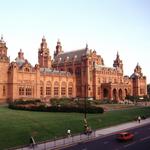
Kelvingrove Art Gallery and Museum
Adjacent to Kelvingrove Park – one of the city’s finest green areas and a great spot for a picnic – Kelvingrove Art Gallery and Museum has something for everyone. Opened in 1901, this family-friendly museum has over 8,000 objects arranged throughout 22 galleries. It’s incredibly diverse – with everything from art by Salvador Dali to arms, armor, and natural specimens. Not to be missed is the full-sized Spitfire plane suspended from the ceiling and the creepily fascinating Floating Heads by Sophie Cavos. The building itself – made from Glaswegian red sandstone – is both vast and stunning.

University of Glasgow
If you have some time to spare, you may also want to visit Glasgow University, on the other side of the river from Kelvingrove Park. Founded in 1451, this is one of the oldest universities in English-speaking countries. The buildings are beautiful, but probably the most remarkable sight is the University Cloisters.

Botanic Gardens
Glasgow Botanic Gardens by the River Kelvin were founded by Glasgow botanist Thomas Hopkirk in 1817. The famous glasshouses housing the national collection of tree ferns, along with plants from tropical rainforests, were installed decades later. The Kibble Palace is the most notable glasshouse of them all.

Merchant City
End your day in Glasgow with a visit to the historic Merchant City district. Dating to the 1750s, this area was home to the warehouses of merchants handling tobacco, sugar, and tea. In the 19th century, this area was home to Glasgow’s food markets. Housed in Glasgow’s Old Fruit Market (dating to the 1800s), you’ll find the Merchant Square. It’s a covered area where you’ll find many bars, cafés, restaurants, art galleries and boutique stores.
